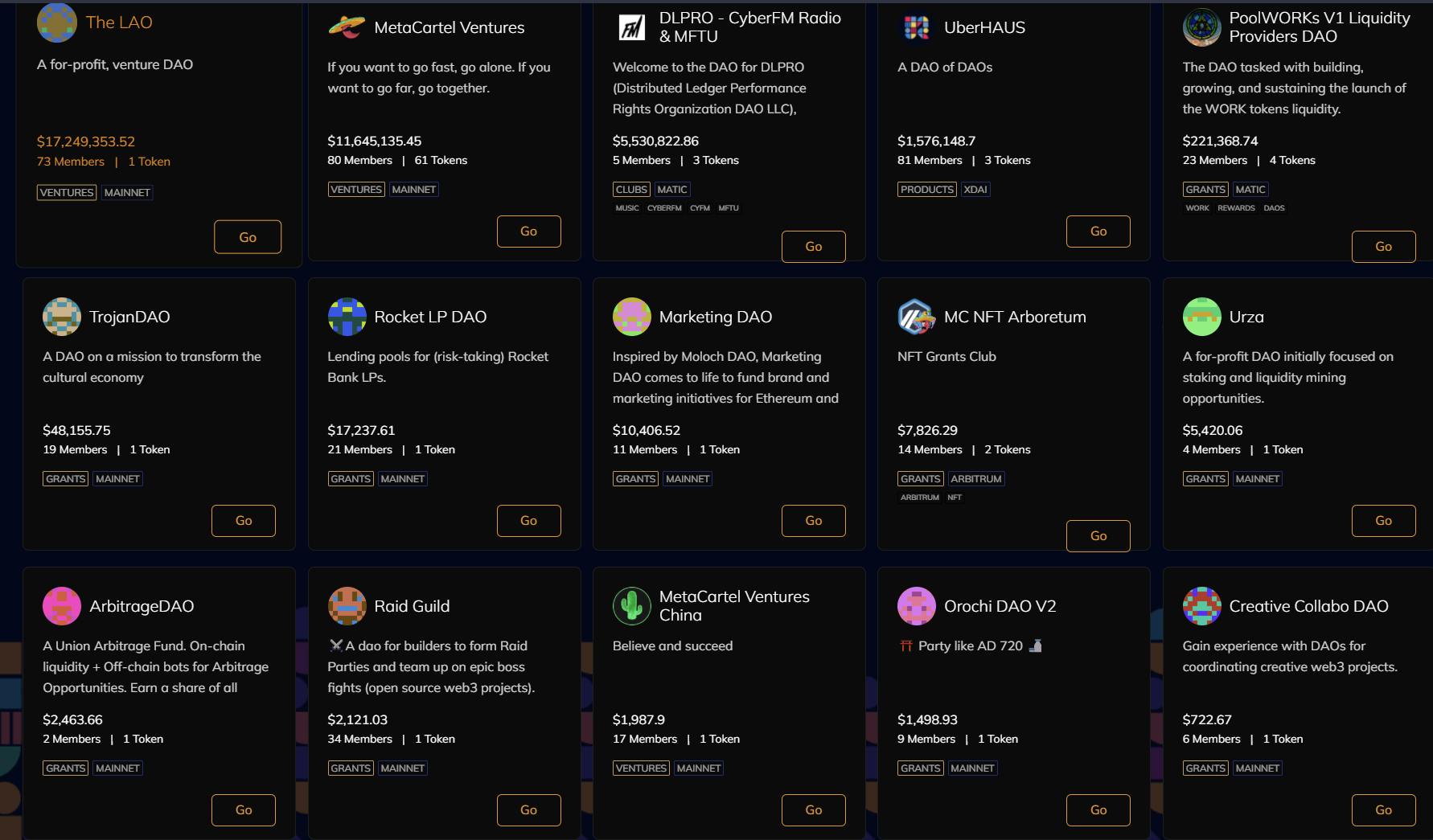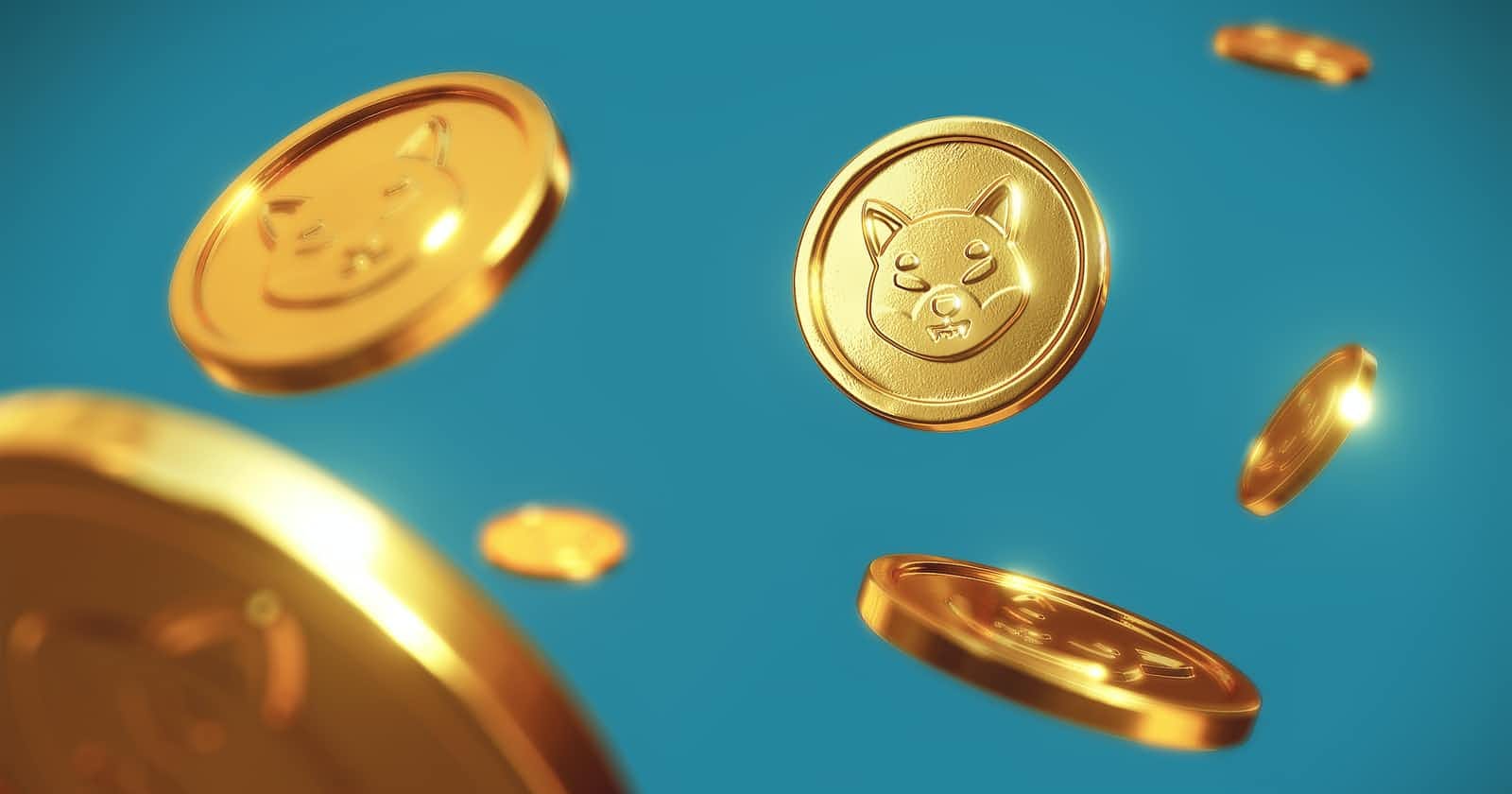Centralized Governance
In the centralized world, governance is delegated to a select few individuals we trust to represent our values and advocate for change on our behalf.
A good example is how we elect officials to government office.
The officials are our delegates. We trust them to represent our views and vote on matters that reflect our choices, but as we all know, this does not always end up the way we want it to. Big corporations often end up swaying the votes to fit a different agenda.
governance = power
Decentralized Governance
Enter the decentralized world of blockchain!
Blockchain protocols are run by code; code is the law in the decentralized world. Instructions and consequent behaviors are coded into the protocols, which automatically execute once specific parameters are met.
This differs from centralized governance, where a few individuals decide and execute changes affecting millions of people.
A good example of decentralized governance where everyone participates in the management of the organization is known as a Decentralized Autonomous Organization (DAO). Many DAOs focus on almost all aspects of our centralized world; explore existing DAOs on the DAOhaus.

Governance Tokens
There are several models for DAO membership, but I will focus on Token-Based Membership. One means you can be a member of a DAO is by trading tokens in a decentralized exchange.
We will dive deeper into how governance tokens work in a DAO by using an example of a Chama; and no, it's not the village in Rio Arriba County in New Mexico. Chama is a Swahili word and a common term in East Africa, especially in Kenya, where it means an informal cooperative society where a group of people pools their financial resources for investment purposes. The most common one is the Merry Go Round (Rotating Savings and Credit Associations), where a fixed amount of money is collected from every member periodically—usually monthly—and paid out to one of the members on a rotating schedule.
The members at the end of the payment rotation have the highest risk because those paid early in the schedule have no incentive to keep up with payments. The Rotating Savings and Credit Associations (ROSCA) will solve this issue by front-loading the most trustable members in the payment rotation and the least trustable in the end.
The ROSCA methodology is better than a random structure but still presents risks. A DAO could solve most of the trust issues in this case.
I propose ChamaDAO as a solution. To be a member, you mint a free Chama NFT that grants you access to a token-gated community website and Discord channel. The NFTs give you the right to vote on proposals and are later replaced by a $CHAMA—an ERC-20 token. In this example, you need a specific amount of $CHAMA tokens to be a member and consequently have voting rights in the DAO. As a member, you can trade the Chama token on decentralized exchanges allowing new members to join the DAO.
The $CHAMA is a governance token that represents each member's stake in ChamaDAO. By distributing control among members, we achieve on-chain governance. Each member, as a collective, holds power to change the DAO protocol; foundational code. Members have collective ownership and control over the DAO treasury. Suppose ChamaDAO members propose to buy real estate property in the suburbs of Nairobi, Kenya. In that case, each member has to vote for or against the proposal, and the voting result will determine if the contract will automatically execute the proposal. If the majority vote YES, then the code will execute accordingly to disburse funds to purchase the real estate property from the DAO treasury and vice versa.
Takeaways
Governance tokens present a new paradigm to community governance, but it is also too early to conclude. Blockchain technology is still very early, and there is a certain likelihood that it will change over the years to come as more people are onboarded, and governments curve out new policies.
Make sure to do your due diligence before proceeding with the investment in this new ecosystem.
Article Sources
- Investopedia. , "What Is a Blockchain?, https://www.investopedia.com/terms/b/blockchain.asp" Accessed Mar. 9, 2022.
- Ethereum. "Decentralized autonomous organizations (DAOs), https://ethereum.org/en/dao/" Accessed Mar. 9, 2022.
- DAOhaus. "Explore DAOs, https://app.daohaus.club/explore" Accessed Mar. 9, 2022.
- Chama (investment). “Chama https://en.wikipedia.org/wiki/Chama_(investment)#:~:text=A Chama is an informal,group" or "body".” Accessed Mar. 9, 2022.


